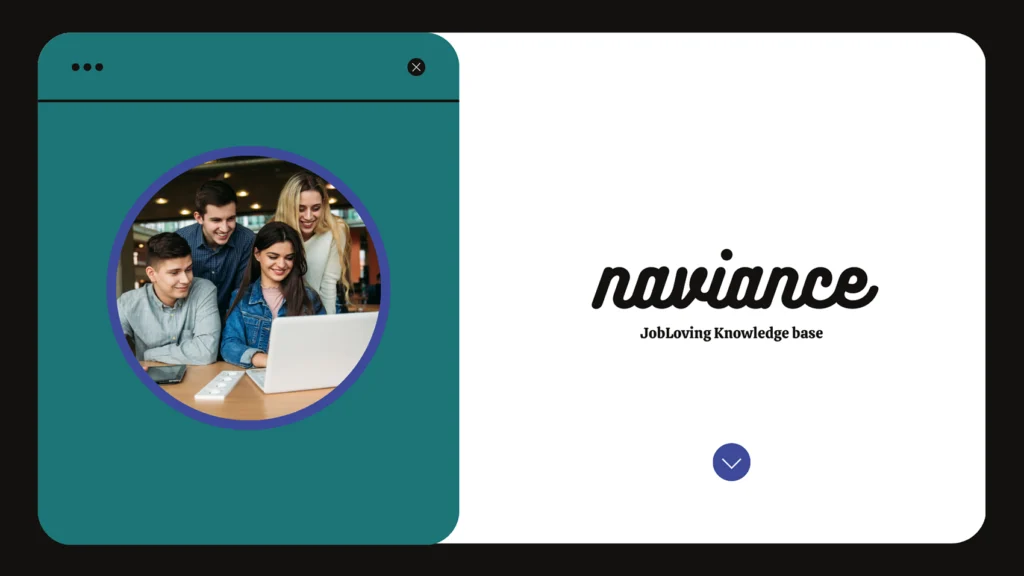How to Compare Scattergrams Like a College Admissions Pro (and Not Get Lost in the Data Jungle)
Let’s face it, college applications are a minefield of confusing terminology and data points. You’ve got GPAs, SAT scores, ACT scores, and now, scattergrams?
What even is a scattergram, and why should you care?
In the magical world of college admissions, scattergrams are like the crystal ball of your future. They show you the grades and test scores of students from your high school who’ve applied to a specific college in the past few years. This data is represented by dots, with each dot representing a student’s GPA and test score. And the best part? Each dot is color-coded to show whether the student was accepted, waitlisted, or rejected.
So, how do these scattergrams actually help you?
Think of them as a visual guide to understand your chances of getting into a particular college. You can see where your own data points (your GPA and test scores) fall on the graph, and get a general sense of how competitive you are compared to other students from your high school.
But here’s the catch: Scattergrams are not a foolproof system. They’re a snapshot of the past, and don’t take into account your individual strengths or weaknesses.
Let’s break it down with an analogy: Imagine you’re trying to climb Mount Everest. A scattergram is like a map showing the paths other climbers have taken. You can see how far they got, what kind of gear they used, and whether they made it to the summit. But it doesn’t mean you’ll follow the exact same path. Your own physical fitness, experience, and weather conditions will play a role in your own success.
So, how can you make sense of all this scattered data?
Navigating the Scattergram Maze: A Step-by-Step Guide
- Understand the Axis: The scattergram uses two axes: the horizontal axis (X-axis) represents standardized test scores (SAT or ACT), and the vertical axis (Y-axis) represents your GPA.
- Decode the Symbols: Each dot on the scattergram represents a student’s data point. The color of the dot indicates the student’s admission outcome:
- Green: Accepted
- Yellow: Waitlisted
- Red: Denied
- Find Your Spot: Locate your own GPA and test scores on the scattergram. This will show you where you stand relative to other students from your school.
- Look for Trends: Pay attention to the overall distribution of dots. Are they clustered in a particular area? Does it seem like a certain range of scores is more likely to get admitted?
- Don’t Get Obsessed: Remember, scattergrams are just one piece of the puzzle. Don’t let a single graph dictate your entire college application strategy.
The Big Picture: What Scattergrams Can’t Tell You
While scattergrams are helpful, they don’t tell the whole story. Here are some factors they miss:
- Your Extracurricular Activities: They don’t show your passion for volunteering, your leadership skills, or your dedication to your favorite sport.
- Your Essay: They don’t take into account your writing skills, your ability to tell your story, or your unique perspective.
- Letters of Recommendation: They don’t consider the glowing feedback you received from your teachers and mentors.
- Your Fit with the College: They don’t assess how well you’d thrive in the college’s academic environment, social scene, or overall culture.
In short, scattergrams are a helpful tool, but they’re not a crystal ball. Don’t get so caught up in the data that you forget about the other important aspects of your college application.
Navigating the Naviance Scattergram: A Practical Example
Let’s say you’re looking at a scattergram for the University of California, Berkeley. You see a cluster of green dots (accepted students) in the upper right corner of the graph. This tells you that students from your high school with high GPAs and test scores have a good chance of getting into Berkeley. But you also notice a few red dots (rejected students) scattered throughout the graph, even among students with high scores. This means that even if you have impressive numbers, you might not be automatically admitted.
Here’s where you need to think beyond the scattergram:
- What are Berkeley’s admissions priorities? Do they place a strong emphasis on extracurricular activities or essays?
- What makes you unique? What are your strengths and passions that might set you apart from other applicants?
- How well do you fit with Berkeley? Do you share their values and goals? Are you drawn to their academic programs and campus culture?
Don’t let a scattergram dictate your college choices. Use it as a guide, but remember that you have much more to offer than just your GPA and test scores.
Putting It All Together: The College Application Journey
Think of college applications as a marathon, not a sprint. Scattergrams are just one tool in your arsenal. Focus on developing a strong application that showcases your unique strengths, passions, and goals.
Remember, college admissions are about more than just numbers. They’re about finding the right fit for you and your future.
Still feeling lost in the world of scattergrams?
Don’t worry, you’re not alone! Join the JobLoving community for expert advice, personalized guidance, and a supportive network of fellow college applicants. We’re here to help you navigate the college application process with confidence and success.
Together, we can conquer the scattergram maze and find the perfect college for you.

